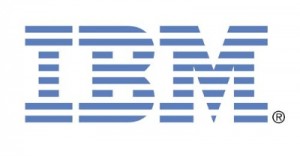IBM Offers Analytics and Workforce Science to Improve Organizational Performance

The new offerings are delivered through IBM’s Smarter Workforce initiative and help clients apply behavioral science, statistical analysis, and psychological principles to improve employee engagement and organizational performance. IBM’s new dedicated Talent and Change consulting practice helps clients prepare for the transformational change required to build a smarter, more connected workforce. The practice gives clients access to organizational change management methods, tools and expertise gained from thousands of client engagements and IBM’s own transformation initiatives. It addresses four key areas: organizational change, talent analytics, employee experience, and HR cloud.
IBM is also delivering three new cloud-based solutions:
- IBM Kenexa Predictive Hiring gives access to workforce analytics and behavioral assessments to understand individual, job, team and organizational traits that define top performers.
- IBM Kenexa Workforce Readiness enables clients to assess current workforce readiness to address existing and emerging business demands. It combines industry skills frameworks, role-based competency testing, project management tools and consulting services for greater precision in role and team design.
- IBM Kenexa Predictive Retention protects against talent attrition by helping organizations compile and analyze high-volume workforce data in order to understand risk factors, identify employees likely to leave, and build new programs to reduce the risk of attrition.

